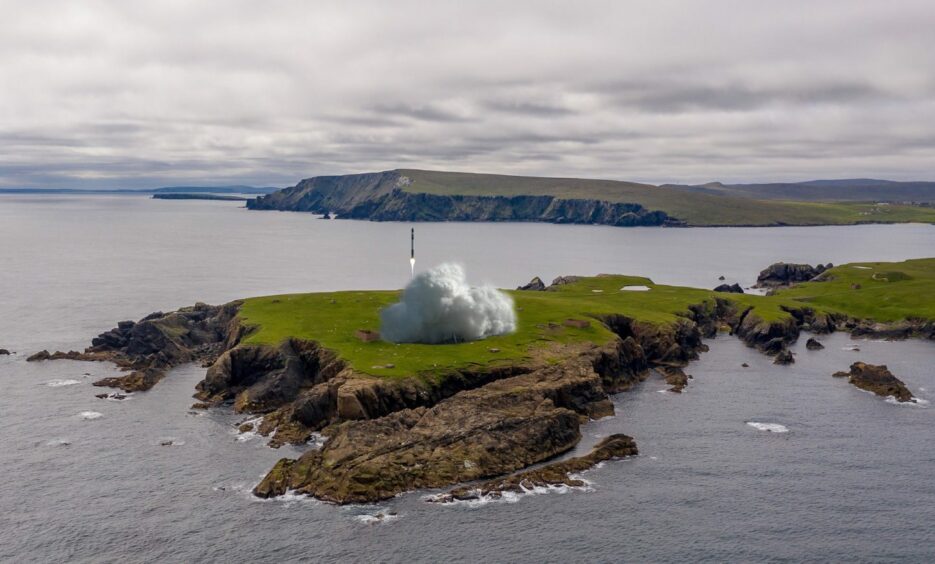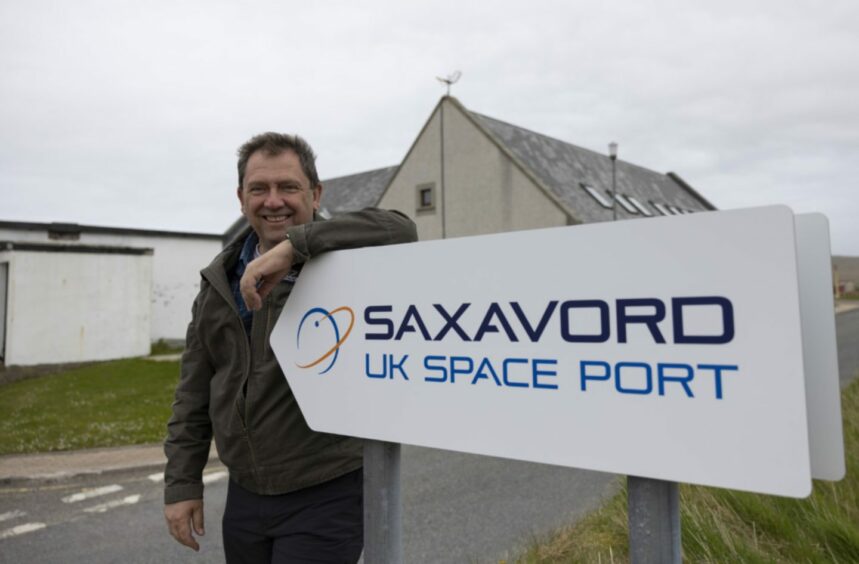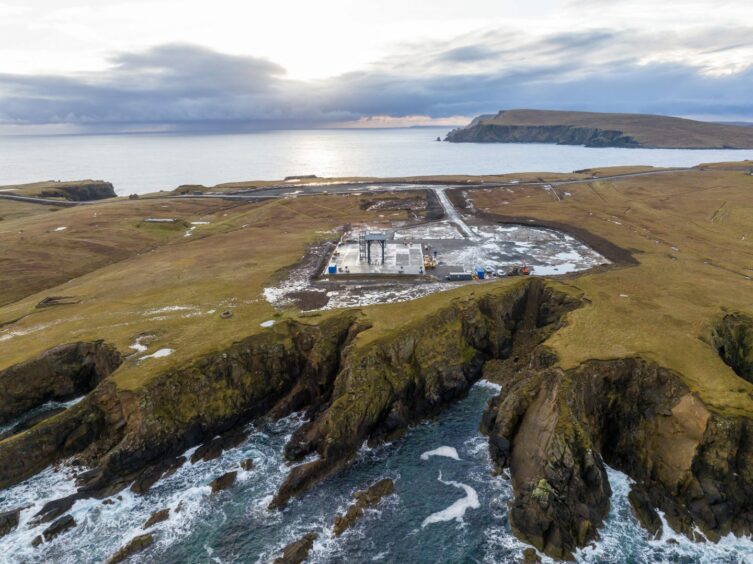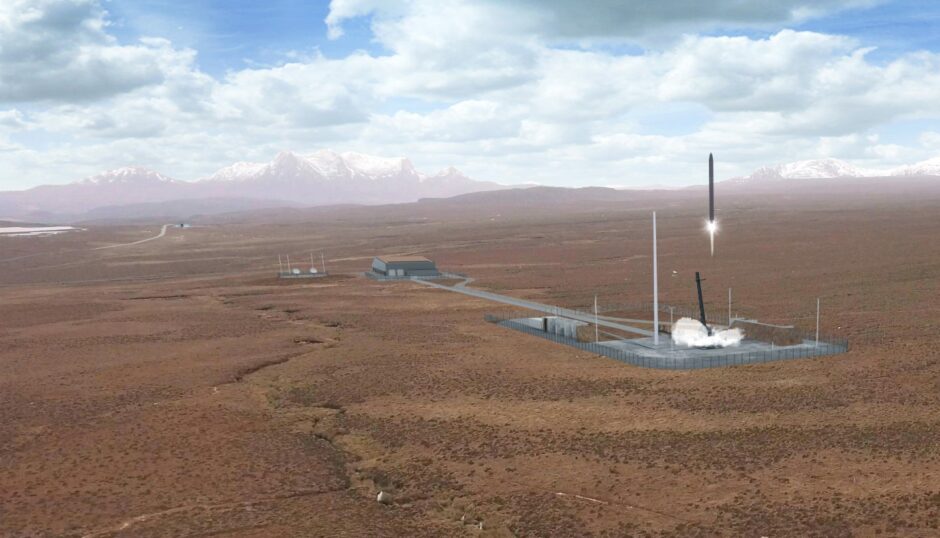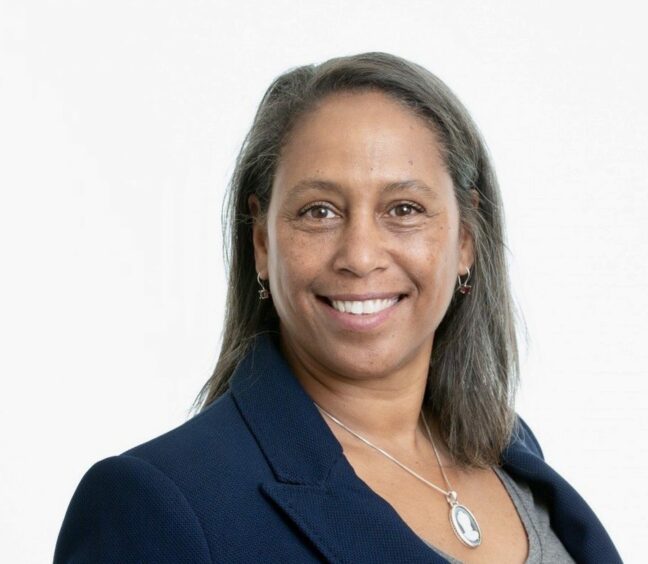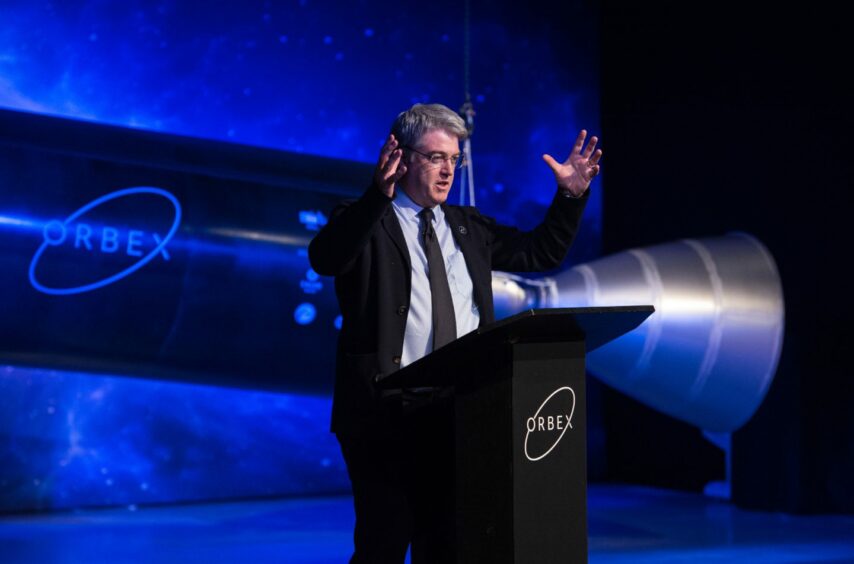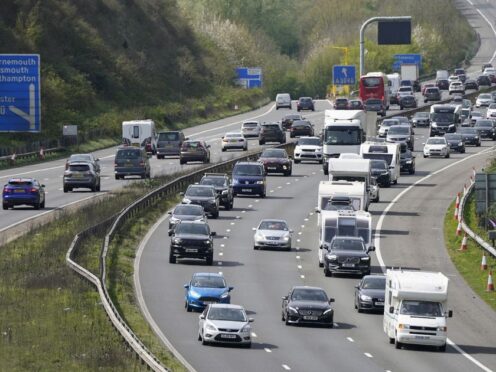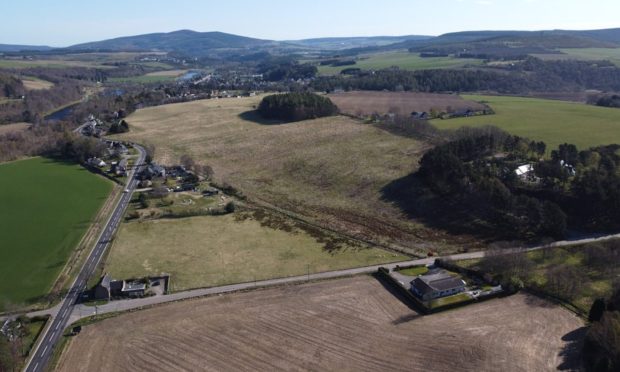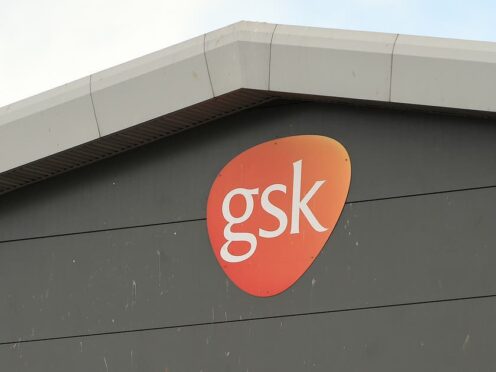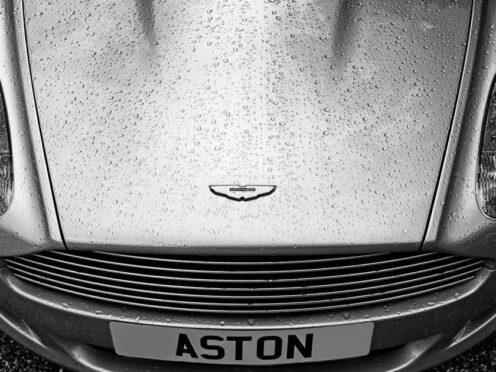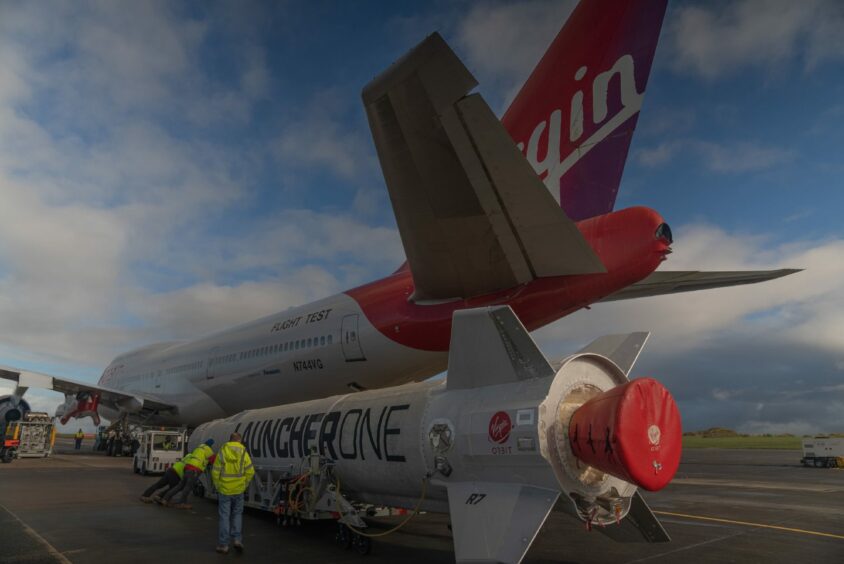
Scotland’s space sector is soaring fast – and the UK’s first orbital launch looks set to take place in one of the north’s two spaceports.
The sites at Unst in Shetland, and A’Mhoine in Sutherland, are gearing up for lift off – and the recent failure of the Virgin Orbit launch in Cornwall hasn’t dampened spirits.
After taking off from Cornwall, the Virgin Orbit plane flew to 35,000ft over the Atlantic Ocean where it jettisoned the rocket containing nine small satellites towards space.
An “anomaly” with the system meant the LauncherOne rocket – which was carrying a number of satellites with a variety of civil and defence applications – failed to orbit.
Forres-based Orbex plans to launch commercial satellites in its Prime rocket from Space Hub Sutherland at the A’Mhoine peninsula in Sutherland.
Meanwhile, the SaxaVord spaceport on the Shetland Islands, in Unst – the UK’s highest point of latitude, will be used by several firms, including the Edinburgh-based Skyrora.
And there are spaceports in development elsewhere in Scotland too.
Why is Scotland vital to space sector?
In terms of why Scotland – in particular the far north – has emerged as an important location for the space sector, it boils down to a crucial factor: geography.
Scotland’s location means it is well placed for low Earth orbits – including polar orbits. Low Earth orbits stay close to the Earth’s surface, and have seen commercial growth as a result.
SaxaVord is going “full steam ahead” to achieve the first orbital launch this year, deputy CEO Scott Hammond, said. He said: “The number one priority in space launch is safety. So you need to be, first of all, in an unpopulated area, so as far away from people as possible. Then you need to make sure that when you do launch, you don’t overfly population centres, because it is a hazardous industry. You can see that from the failure at Cornwall, it doesn’t always go right.
“So for us, Scotland – north Scotland – is pretty under populated, so you don’t have the population, and then we can launch north, which is what we want to do to get to the orbits we want to get to.
“When the wind comes out of the north, there’s nothing north of Scotland apart from the Arctic, which means that we’re in a great location geographically. So you couldn’t be doing this at the south of England as the vertical launch, or anywhere else on mainland Europe. So it comes down to Scotland is in the right place – and we need to maximise that in my opinion.”
Chris Larmour, CEO of Orbex, said Scotland is an ideal location to launch their rockets, with work due to start on building the spaceport “imminently” and plans to launch in about a year or so.
He said: “What’s really happened in the past decade or so, satellites have become much smaller, and start to be launched in larger constellations, rather than building one big satellite.
“They’re being launched in hundreds of clusters of 100, or 200, to get the same functionality. What that means is that they need to be launched on smaller rockets, which need to launch towards the poles of the Earth so that the satellites go into what are called polar orbits.
“There’s a sort of misconception that every satellite needs to launch on the equator, but it’s not true for the satellites, they need to launch north to south. So if you imagine you’re on the north coast of Scotland, you can fire a rocket to the north, and you’ve an awful long distance before you come to any land.
“That makes the north coast of Scotland an ideal location for launching those small satellites into orbit. There’s a change in the market and a new demand, and Scotland’s ideally located to carry out that mission.”
How will industry benefit economy?
In terms of how the industry could bolster the economy going forward, Mr Hammond said: “Scotland really will end up punching well above our weight. Because we’re in the right place. We’ve got the right people, the right environment, it could be huge.”
Strathclyde University was involved in testing satellite technology for the Cornwall launch, and Professor of Applied Space Technology, Malcolm Macdonald, said over the past 10 to 15 years the space industry had become less dependent on government contracts and more commercial.
He said: “What we’re seeing now is we’ve got the ability to design and build and operate spacecraft and exploit the data and services they give us. But what we’re missing is that bit in the middle, where you put spacecraft into orbit, you launch up in space – and that has always been a bit of a gap, something the UK has never been particularly strong in and never really done that much in.”
However, he added that steps to redress this gap were in progress, with the work in Cornwall and Sutherland and Shetland underlining that.
Will the first launch be in Scotland?
Professor Macdonald said Cornwall had been a “step forward”, giving the UK the ability to act as a “launching state”, but he added: “From a UK technology perspective, this was an American company, it was an American launch vehicle, there was a lot of US engineers involved with it.
“So it’s great that it happened, and great we have that spaceport capability down in Cornwall, but it is really a significant step away from where we will be when the likes of Orbex and Skyrora are launching from Scotland, because they’re designing and building the rockets here in the UK.
“That will be a really big step forward for no longer just importing technology from the US, but actually building it ourselves here and deploying it and then using that, and that’s where the really big step forward will come in the next 12, 18 and 24 months.”
He added: “I think the timeframe is going to be really tight now. But I think it is quite possible that the first orbital launch from the UK will now come from either Sutherland or Shetland.”
Plans are also in the pipeline for a vertical launch site (where the rocket goes straight up) on North Uist, and for a horizontal launch from Machrihanish and Prestwick.
Roy Kirk, of Highlands and Island Enterprise (HIE), is the project director for Space Hub Sutherland and said: “It’s really not about who’s first, although that will obviously be a key moment when it happens. What’s really exciting for us is the scale of the opportunity for Scotland and the rest of the UK over the long term.
“Space is still a young industry in the UK and the growth potential is tremendous. Most of the key players recognise that and are interested in opportunities to collaborate as well as compete.”
How many jobs could be created?
The Scottish Government has said it wants to capture a £4billion share of the global space market and create 20,000 jobs by 2030.
Previous figures from the UK Space Agency show Scotland is responsible for around one fifth of the UK space workforce with 8,400 employed in the sector. More than 130 space companies operate from Scotland.
Roy Kirk said jobs in areas such as engineering, manufacturing, data analysis, site operations, service industries and administration would be created. He said: “We expect space activity to generate a broad range of high-quality careers and training opportunities that will help retain and attract population, particularly in remote areas.
He added: “The UK Space Agency and the wider space enterprise community recognise that the development of space clusters such as the North Coast Space Cluster and Space Scotland will be a catalyst for the wider development of the space industry.”
A new expert group has been formed to advise ministers and companies on how to maximise opportunities for the sector.
The Scotland International Space Advisory Committee (SISAC) consists of Scots connected to the space industry around the world.
Yvette Hopkins, who is the former executive vice-president/director of innovation and partnership at SaxaVord, is among those on the newly formed committee.
The group is made up of Scots connected to the space industry around the world. For Ms Hopkins, as well as the location and population, there are other factors which make Scotland so vital to the industry.
She said: “Scotland has a deep history with innovation, with engineering, with entrepreneurship – it’s in our DNA. The Scottish Government recognises that; take a look at the business transformation strategy, looking at the next 10 years it’s all about supporting entrepreneurial companies, and, of course, space being one of those.”
She said the space economy is an “opportunity for everyone”, going on to say: “The big companies are based in England, but we’ve got manufacturing, we’ve got satellites, we’ve got data, we’ve got the lion’s share of the launch pads.
“I think the space economy future is verbally here in Scotland, we just need to work on marketing.
“We need to work on organisational effectiveness. We’ve got three pillars, we’ve got a strong government that supports strategies, we have an academic base foundation that’s doing incredible research. We have a strong industry with over 130 companies that are declared as space companies in Scotland alone.”
NORTH SPACEPORTS AT A GLANCE
SaxaVord
The vertical satellite launch facility and ground station at Lamba Ness in Unst, has one of Denmark’s richest men, Anders Povlsen, as a major investor. Between the spaceport site and its admin hub at Grantown-on-Spey it has between 60-70 staff.
Scott Hammond says the firm will continue to take people on as it looks to build up its capacity. German firm Rocket Factory Augsburg AG (RFA) signed a multi-year deal with SaxaVord for the first launch of its satellite-carrying rockets.
After testing at the site in the middle of this year, it hopes to launch to a 500km orbit by the end of the year.
Skyrora has been making plans to launch from SaxaVord and says it has “enjoyed” working with the team there. The firm says it will seek to conduct a maiden orbital launch from Scotland in the first instance. It added that once it was “operating at scale” it would look to provide an “end-to-end launch service” to clients further afield.
Space Hub Sutherland
Orbex signed a 50-year lease with HIE to build and operate the spaceport on the A’ Mhoine peninsula, near Tongue.
Last year Orbex revealed its Prime rocket in its final form – a 19-metre long, two-stage rocket designed to transport small satellites weighing up to 180kg into low Earth orbit.
Orbex applied for a space launch licence from the UK’s Civil Aviation Authority in early 2022.
The firm has 120 staff and is recruiting another 80. It operates five factory facilities, two test sites and the spaceport. It is expected that building work on the spaceport site would be completed later this year, with Orbex CEO Mr Larmour saying the timeframe is the end of summer.
Based on its economic impact assessment, HIE said it expects the spaceport to generate around 250 jobs in the Highlands and Islands. That total includes 60 or so in Sutherland and Caithness, with 40 of these at the site of the spaceport itself.
